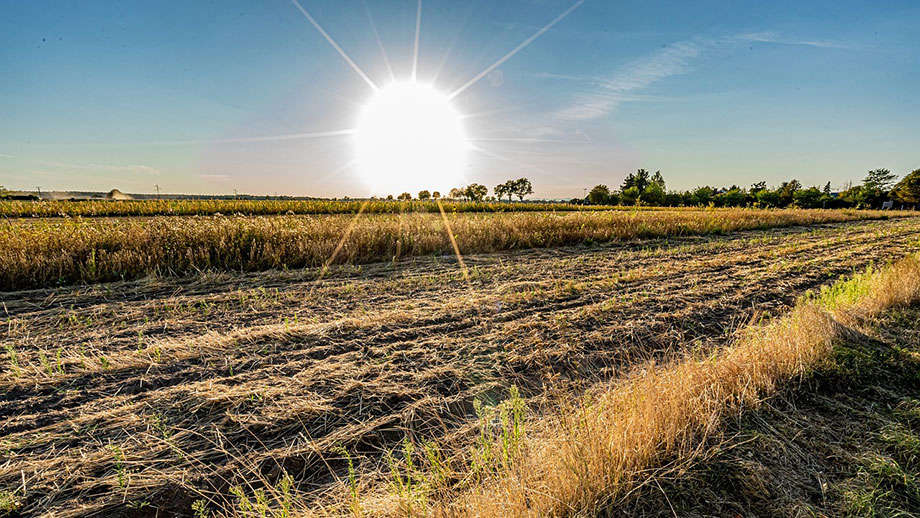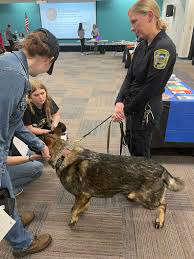
This week marks the official start of summer as high levels of heat and humidity settle into the Midwest.
“High temperatures aren’t just uncomfortable; they can be downright dangerous,” said Tom Sivak, FEMA Region 5 regional administrator. “While certain populations—like small children, outdoor workers and older adults—may be especially vulnerable, extreme heat can affect us all. Have a plan to stay safe and cool then check on your family, friends and neighbors to ensure they’re staying safe and cool too.”
Don’t be caught unaware as highs spike this week.
Watch for heat cramps, heat exhaustion, and heat stroke. The Centers for Disease Control and Prevention provides a list of warning signs and symptoms of heat illness and recommended first aid steps. Stay indoors as much as possible and limit exposure to the sun. If you don’t have access to air conditioning at home, find places in your community with AC, such as a local cooling center, library or shopping mall. Keep your home as cool as possible. For example, roughly 40% of unwanted heat buildup in our homes is through windows. Use awnings or curtains to keep the heat out, and check the weather stripping on doors and windows to keep the cool air in. If you must be outside, find shade. Avoid strenuous activity, cover your head with a hat wide enough to protect your face and wear loose, lightweight, light-colored clothing. Drink plenty of water, even if you don't feel thirsty. NEVER leave people or pets in a parked car. Consider pet safety. If they are outside, make sure they have plenty of cool water and access to comfortable shade. Asphalt and dark pavement can be very hot to your pet’s feet.
Finally, follow the direction of local and state officials for locations of cooling centers and other resources when available during the high heat.
FEMA’s #SummerReady public education effort is designed to reach all communities with simple, accessible and culturally competent messaging on extreme heat all summer long. For more information and tips on being ready for extreme heat, visit www.ready.gov/summer-ready and www.ready.gov/heat.


 Reminder of the dangers of flood waters
Reminder of the dangers of flood waters
 Construction continues at South Putnam Schools
Construction continues at South Putnam Schools
 Indiana State Parks hiring for lifeguards at public pools and beaches
Indiana State Parks hiring for lifeguards at public pools and beaches
 IDVA offers grant opportunities for non-profit organizations serving the Indiana Veteran Community
IDVA offers grant opportunities for non-profit organizations serving the Indiana Veteran Community
 Gov. Braun activates Indiana National Guard to aid in storm recovery
Gov. Braun activates Indiana National Guard to aid in storm recovery
 Greencastle Police add second K9, embarks on SRO officer for Greencastle Schools
Greencastle Police add second K9, embarks on SRO officer for Greencastle Schools
 Greencastle, Putnam County dodges major storm damage
Greencastle, Putnam County dodges major storm damage
 GPD staying busy with construction traffic
GPD staying busy with construction traffic




